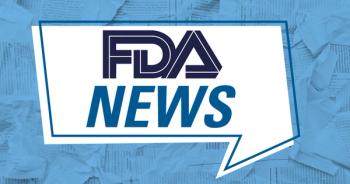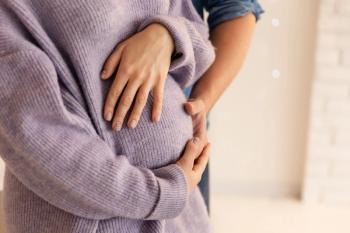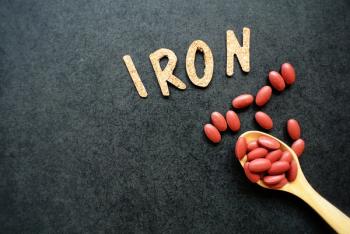
Leveling with patients about the risks of ART
Be frank about the real and potential complications when counseling patients considering assisted reproductive technologies. The list includes the link between multiple gestations and preterm delivery, the possibility of ectopic pregnancies or malformations-and much more.
Assisted reproductive technology (ART) achieved its first success in 1978, with the birth in England of the first "test tube" baby, Louise Brown. (In fact, Ms. Brown herself, now 27 years old, is expecting a child in January, without the assistance of ART, according to the Guardian Unlimited, July 2006). Three years later, in 1981, Elizabeth Jordan Carr was the first ART birth on this side of the pond.
Since that time the number of ART procedures has increased exponentially throughout the world. In 2002, 428 programs in the United States performed 115,392 ART procedures, according to the Centers for Disease Control and Prevention (CDC).1 These procedures resulted in 33,141 live-birth deliveries and 45,751 infants.1 Overall, 42% of ART transfer procedures in women who used their own freshly fertilized eggs resulted in a pregnancy and 34% resulted in a live-birth delivery (delivery of one or more live-born infants).1 Live-birth rates ranged from 43% among women under age 35 to 7% among women over age 42.1 [Roughly 1% of all US infants born in 2002 were conceived through ART,] procedures that are ideal for tubal factor infertility and for severe male factor. In addition, ART now allows women with severely diminished ovarian reserve or premature ovarian failure to carry and deliver children through oocyte donation. Despite the success of ART, however, there are inherent risks associated with these procedures. Our purpose here is to discuss such real and potential maternal and fetal risks, so you can counsel patients appropriately.
Maternal risks
Transferring fewer embryos has helped to reduce the number of multiples. In Europe single embryo transfers (when they produce good quality embryos, that is) yield pregnancy rates comparable to those for multiple embryo transfers. The American Society for Reproductive Medicine issued guidelines to promote a decrease in the number of embryos transferred to reduce the risk of multiples (Table 1).2 Other than minimizing the number of good quality embryos transferred, another approach to reduce the perinatal risks has been multifetal pregnancy reduction, which is associated with a 5% to 10% risk of losing the entire pregnancy.3
Ovarian hyperstimulation syndrome (OHSS) is a serious complication of ovulation induction. Mild-to-moderate OHSS presents with ovarian enlargement, abdominal pain, distension, and extravasation of intravascular fluid, resulting in ascites and hemoconcentration. And it's relatively common, affecting up to 20% of women undergoing ART. Fortunately, severe OHSS, with pleural effusion, hepatic dysfunction, arterial or venous thromboses due to hypercoagulability, is rare (1%–2%). Management of OHSS ranges from bedrest and fluid hydration with strict fluid balance to thromboprophylaxis and drainage of ascites or pleural effusion if symptomatic.4
[The risk of ectopic pregnancy is higher for patients undergoing ART, especially for women with associated tubal disease or who've had a prior ectopic.] About 4% of women who conceive with ART have an ectopic pregnancy.4 In addition, the risk of hetero-topic pregnancy is significantly increased after ART (1%) compared to spontaneous conceptions (1:30,000).4
Newsletter
Get the latest clinical updates, case studies, and expert commentary in obstetric and gynecologic care. Sign up now to stay informed.










